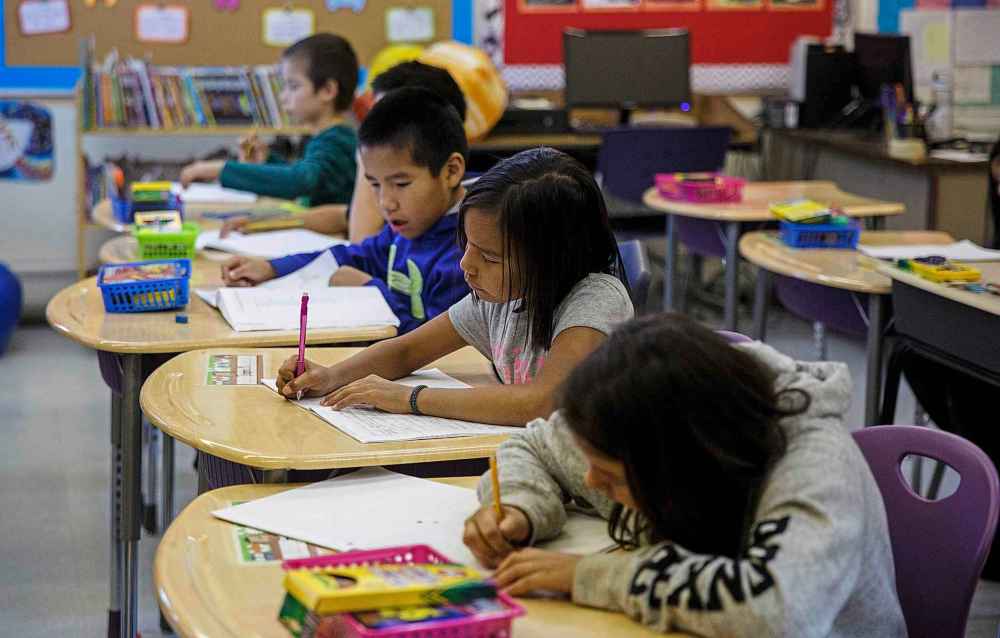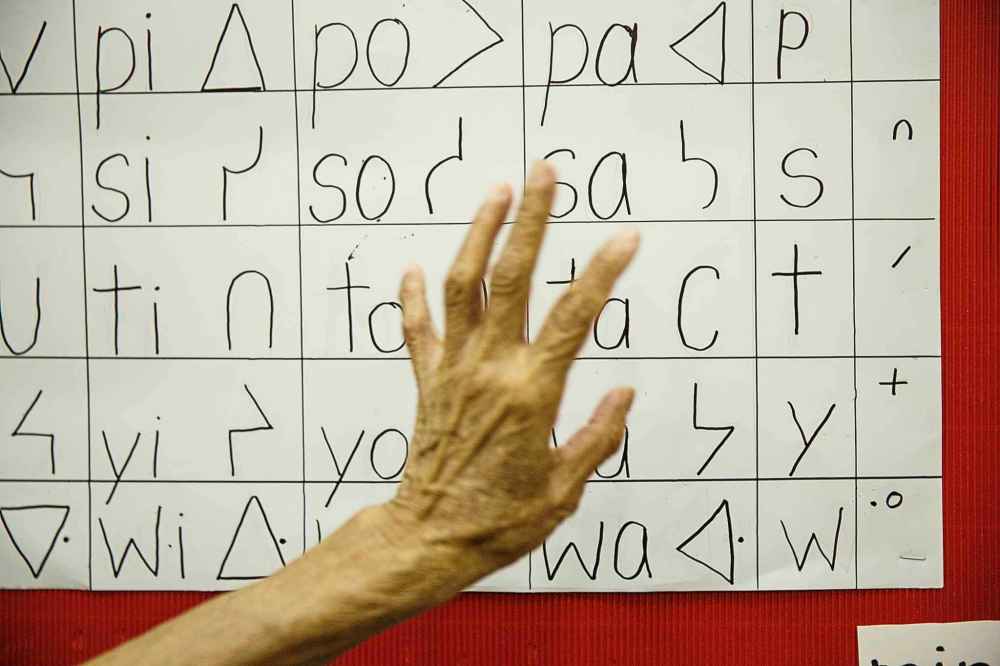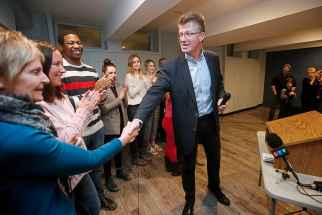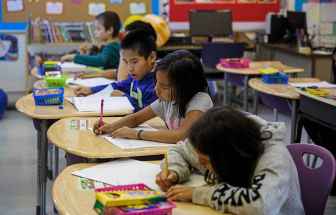Ottawa announces plan to close First Nations’ education funding gap
Read this article for free:
or
Already have an account? Log in here »
To continue reading, please subscribe:
Monthly Digital Subscription
$1 per week for 24 weeks*
- Enjoy unlimited reading on winnipegfreepress.com
- Read the E-Edition, our digital replica newspaper
- Access News Break, our award-winning app
- Play interactive puzzles
*Billed as $4 plus GST every four weeks. Offer only available to new and qualified returning subscribers. Cancel any time.
Read unlimited articles for free today:
or
Already have an account? Log in here »
Hey there, time traveller!
This article was published 21/01/2019 (2234 days ago), so information in it may no longer be current.
OTTAWA — The federal government will provide reserves with $1,500 for every First Nations student to learn about their culture and language, as part of a spring overhaul of the way Ottawa funds schools.
The federal Liberals say they’ll replace piecemeal grants with regional education funding agreements starting April 1, impacting some 23,162 students in Manitoba.
“This is about communities taking greater control over their education, to make sure that it’s specific to their community,” new Indigenous Services Minister Seamus O’Regan said Monday, a week after taking on the role.
The new funding for students from kindergarten to Grade 12 will replace a decades-old system that had reserves constantly submitting funding proposals. The more predictable funding formulas should match that of provincial systems, O’Regan said.

The new funding agreements will take cash announced in the 2016 budget and put it to full-day kindergarten, and allow cash for special-needs programming to be allocated as part of the main funding process, instead of requiring reams of paperwork.
Indigenous Services Canada (ISC) said the funding agreements will be “comparable to provincial systems across the country” and that the cash will “better account for factors such as remoteness, school size, language and socio-economic conditions.”
By the numbers
• 23,162: First Nations students in Manitoba from kindergarten to Grade 12 in the 2017-18 school year
• 16,888: Manitoba students attending band-operated schools
• 6,085: Manitoba students attending provincial schools (largely through the Frontier and Park West school divisions)
• 189: Manitoba students attending private schools
• 107,000: rough total of on-reserve students across Canada, including Manitoba
– Source: Indigenous Services Canada
Ottawa already has special agreements with just over one-third of Manitoba’s 58 reserve schools. For the rest, ISC gives about $4,500 per on-reserve student, compared with the $7,500 Manitoba provides Winnipeg school boards for each pupil.
Schools have long said that the funding shortfall has made it harder for them to retain teachers, who are lured by better salaries elsewhere.
Manitoba has one of the highest on-reserve birth rates in the country. St. Boniface-St. Vital MP Dan Vandal, who is O’Regan’s assistant, said that means Monday’s announcement could improve life on reserves across the province.
“It’s something that really demonstrates our commitment to improving the lives of First Nations communities,” Vandal said.
In 2016, Ottawa boosted spending for on-reserve education by roughly one-third, earmarking $2.6 billion over five years — though most of that cash will come after the upcoming fall election.
In Manitoba, ISC expects to spend $460 million in 2019-20, which is $133 million more than the 2015-16 year.
Beyond that base funding, Ottawa will provide $1,500 for culture and language for every single on-reserve student regardless of their age or location — the amount is the same for a kindergarten student in a fly-in reserve and a Grade 12 pupil in Winnipeg.
With Ottawa supporting 107,000 students across Canada, that’s $160 million. Previously, reserves could apply for such programs or pull from their overall budgets, but they didn’t have a specific allocation for traditional language or culture. ISC said such top-ups will still be available.

ISC says it will sign agreements with groups such as the Assembly of Manitoba Chiefs and will be publishing more detailed funding information online in the coming months.
AMC did not comment on Monday’s announcement, which comes after two years of federal government talks with the Assembly of First Nations, which O’Regan said was “to make sure that they lead the charge and that it’s community-specific.”
In July 2017, the AFN pulled out of Ottawa’s attempt to craft a better metric for student success over concerns it didn’t recognize local authority.
That leaves ISC still craving assessment tools after a stiff rebuke last year.
Last May, the auditor general slammed ISC bureaucrats for counting high-school graduation rates on reserves by those who entered Grade 12 instead of Grade 9, which nearly doubled the actual figure, 24 per cent.
Auditors also found the gap in high-school graduation rates between students on reserves and those elsewhere had actually widened from 2011 to 2016.
dylan.robertson@freepress.mb.ca








